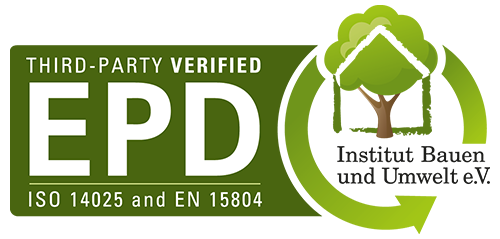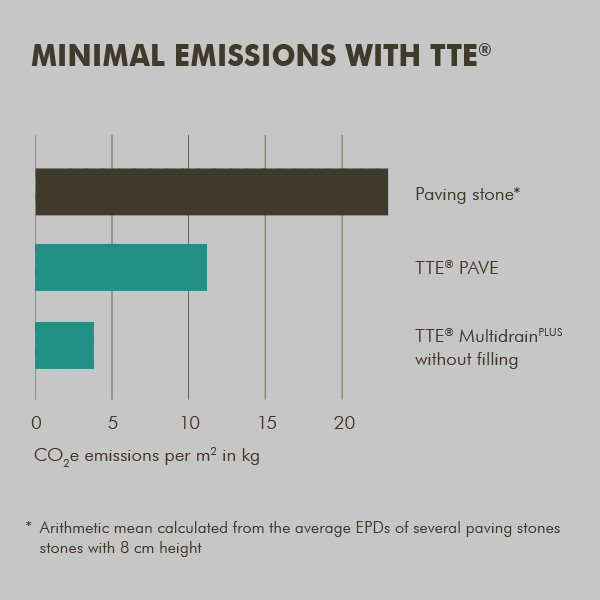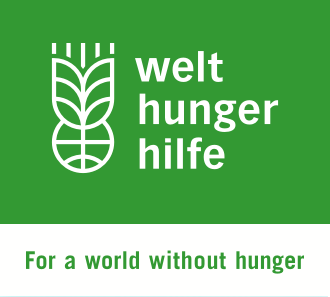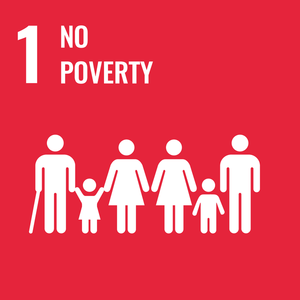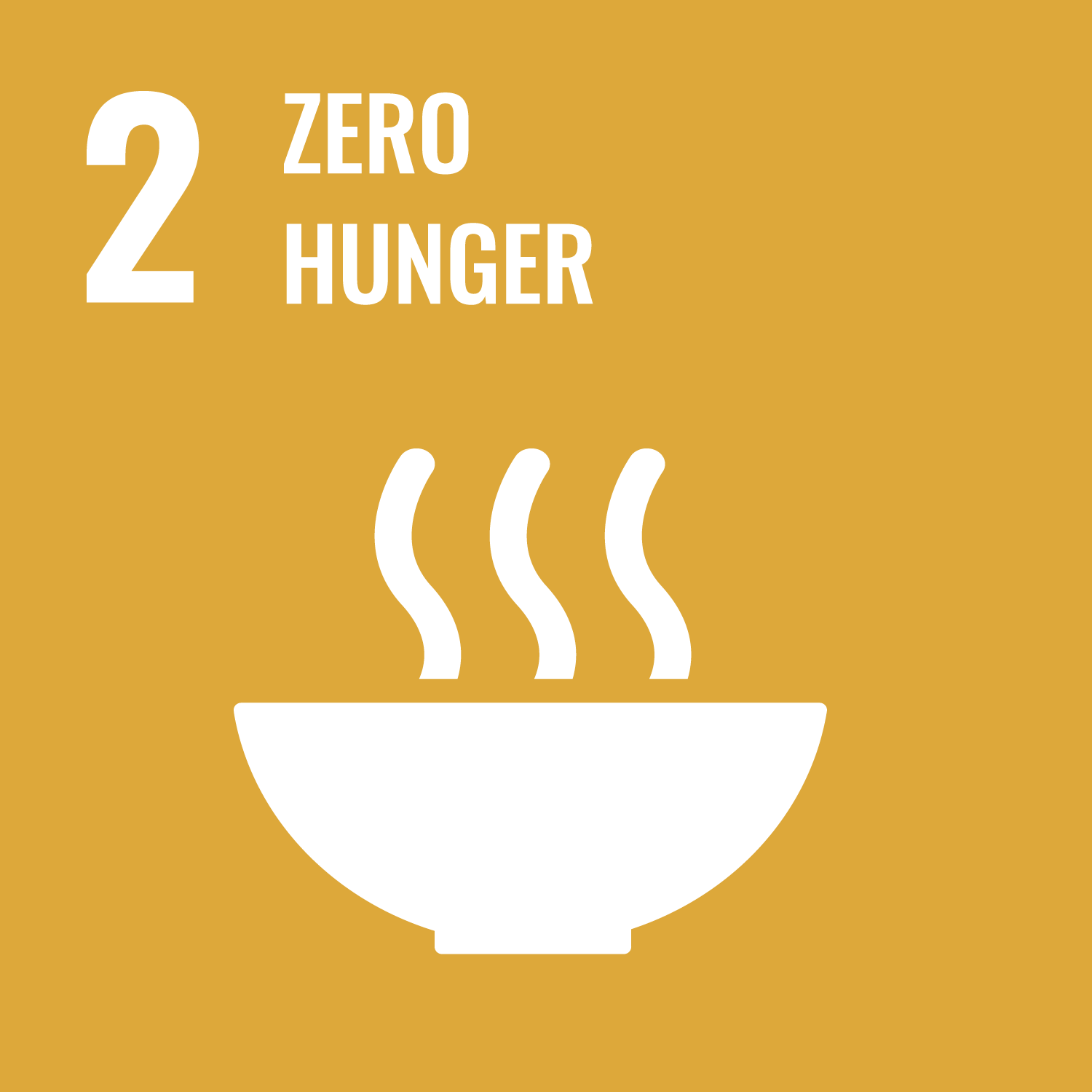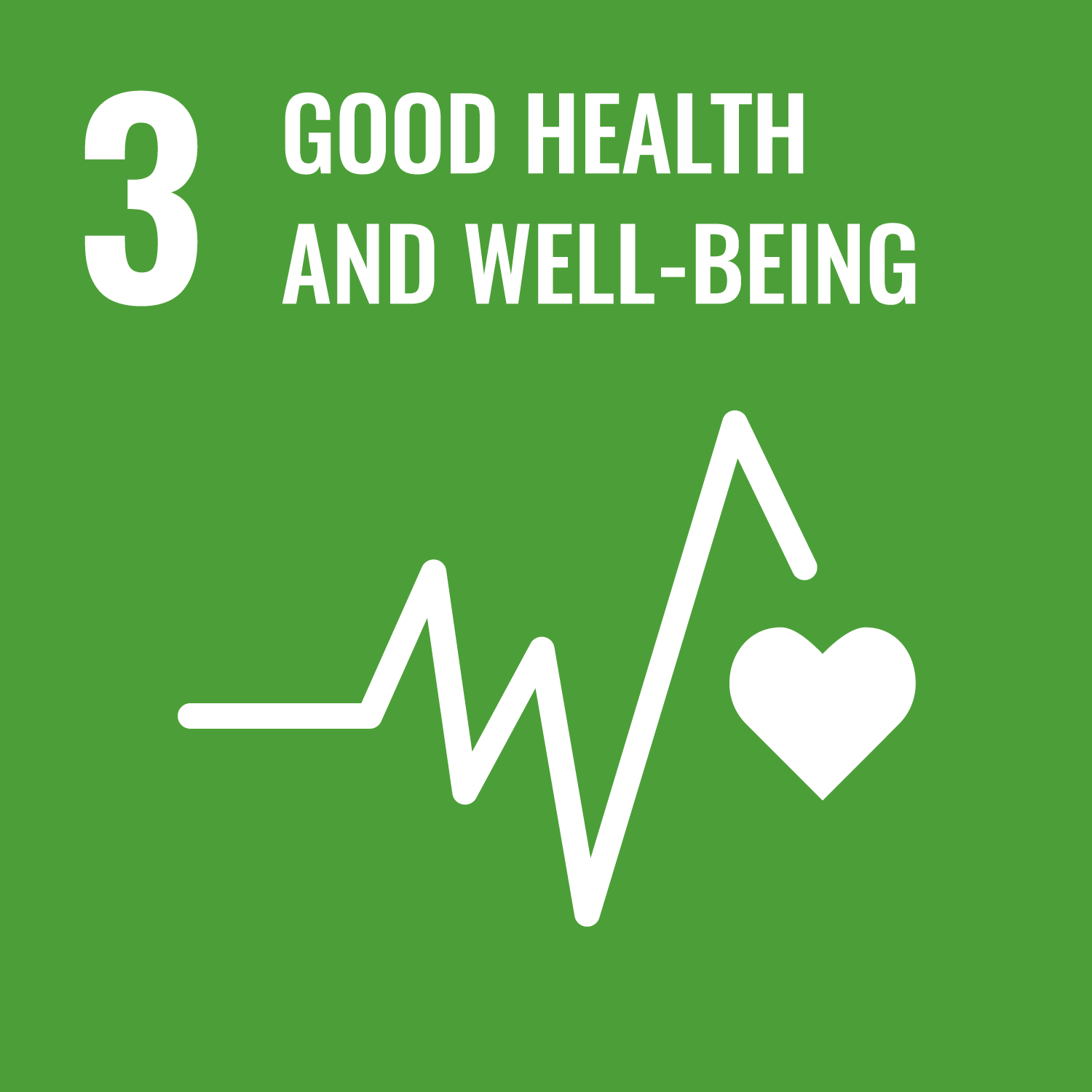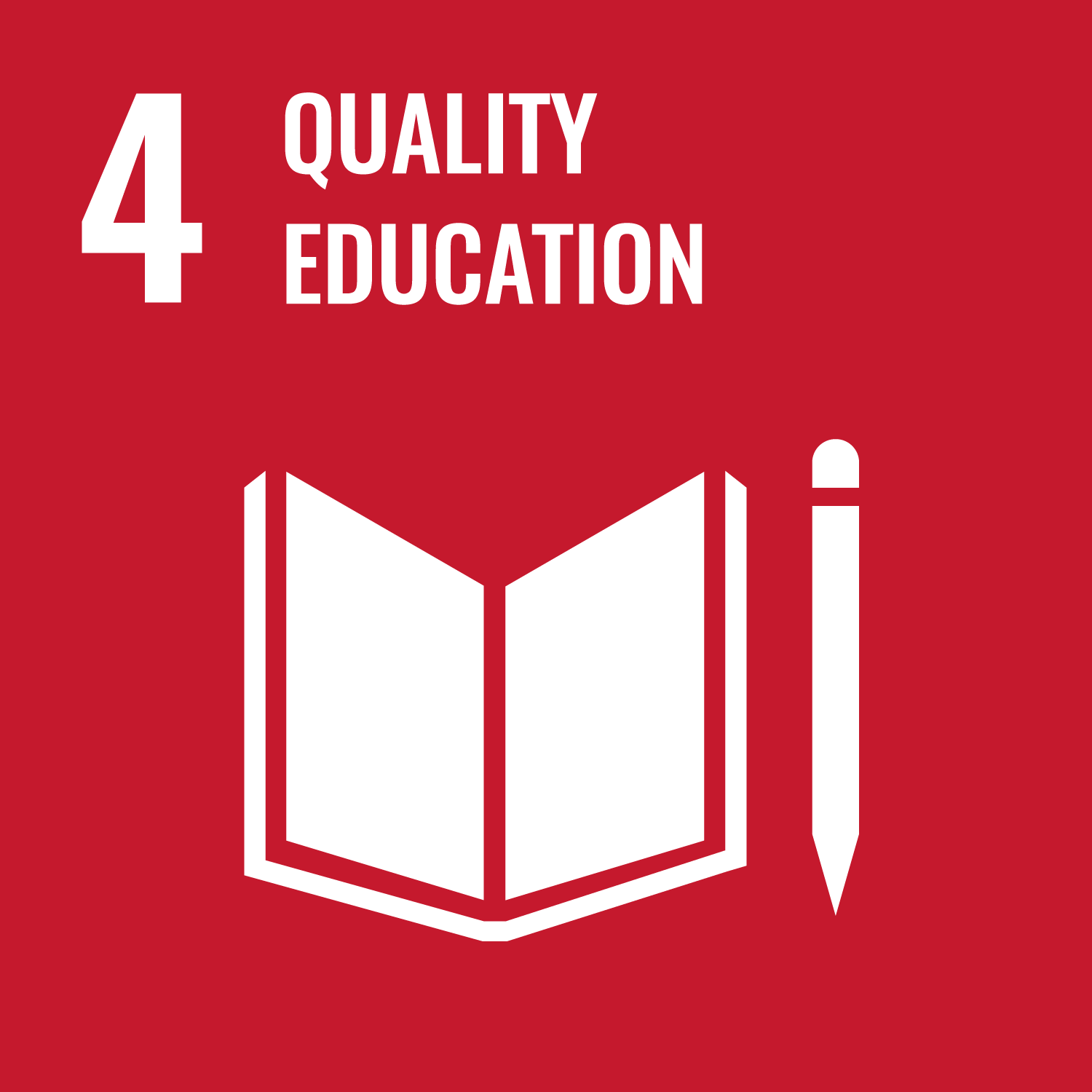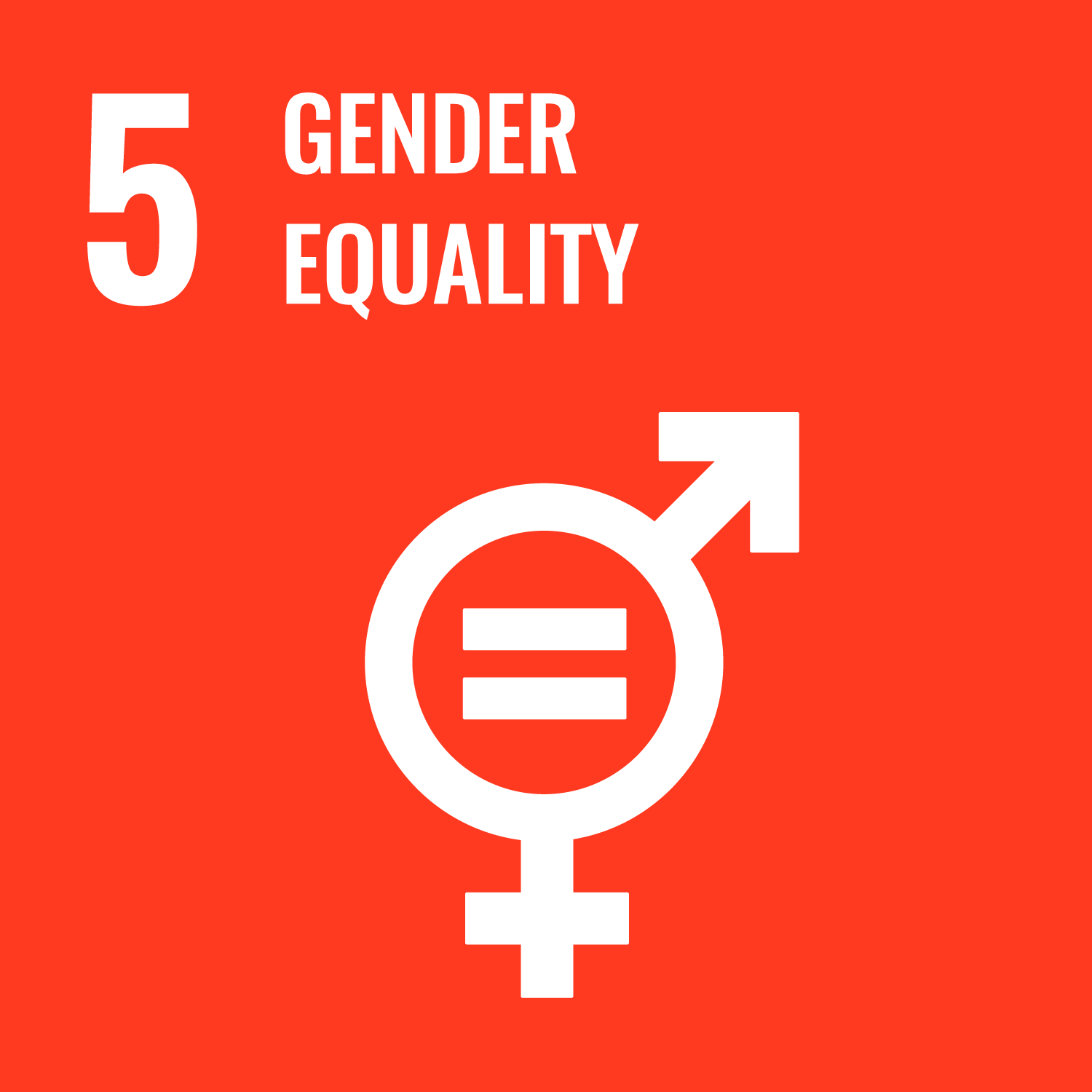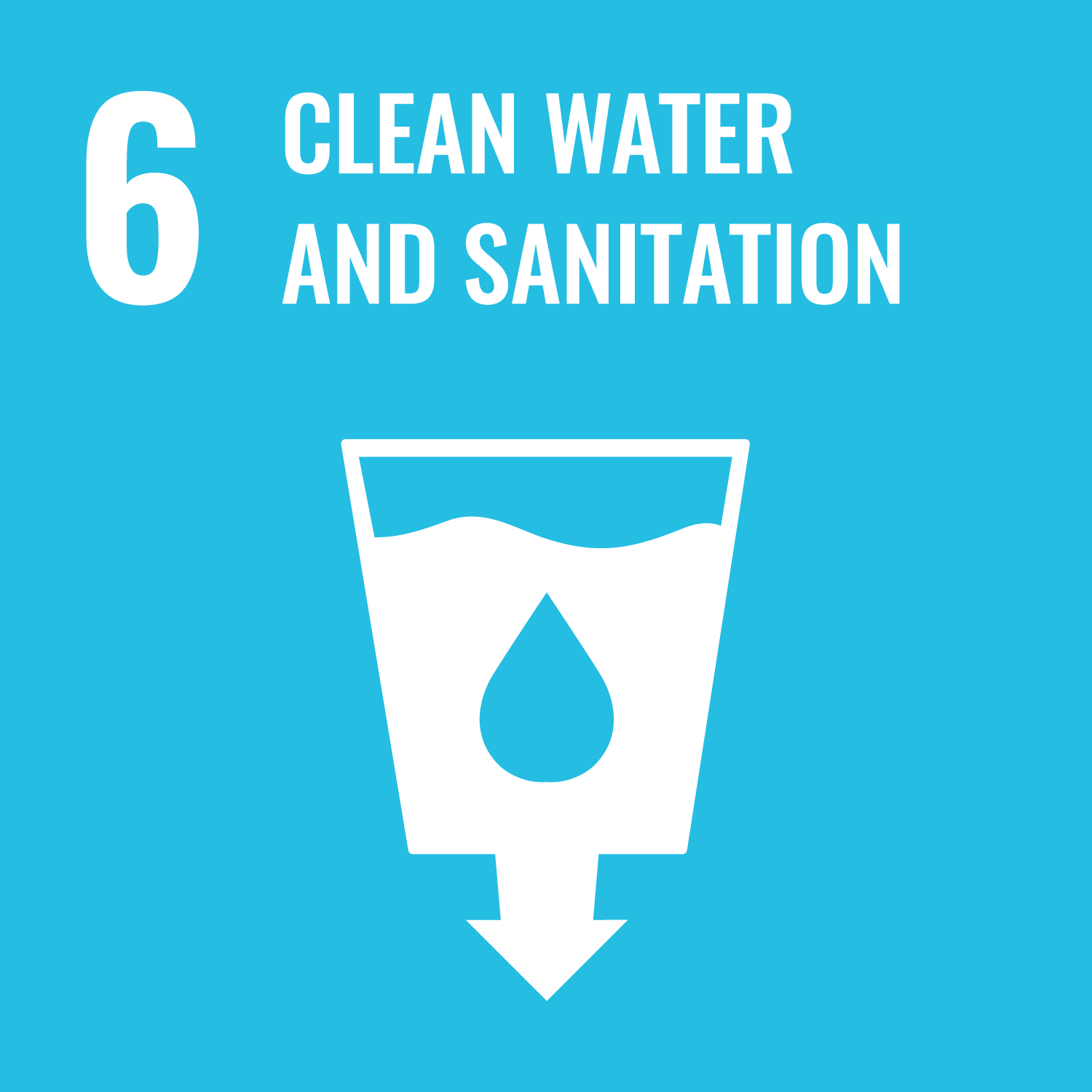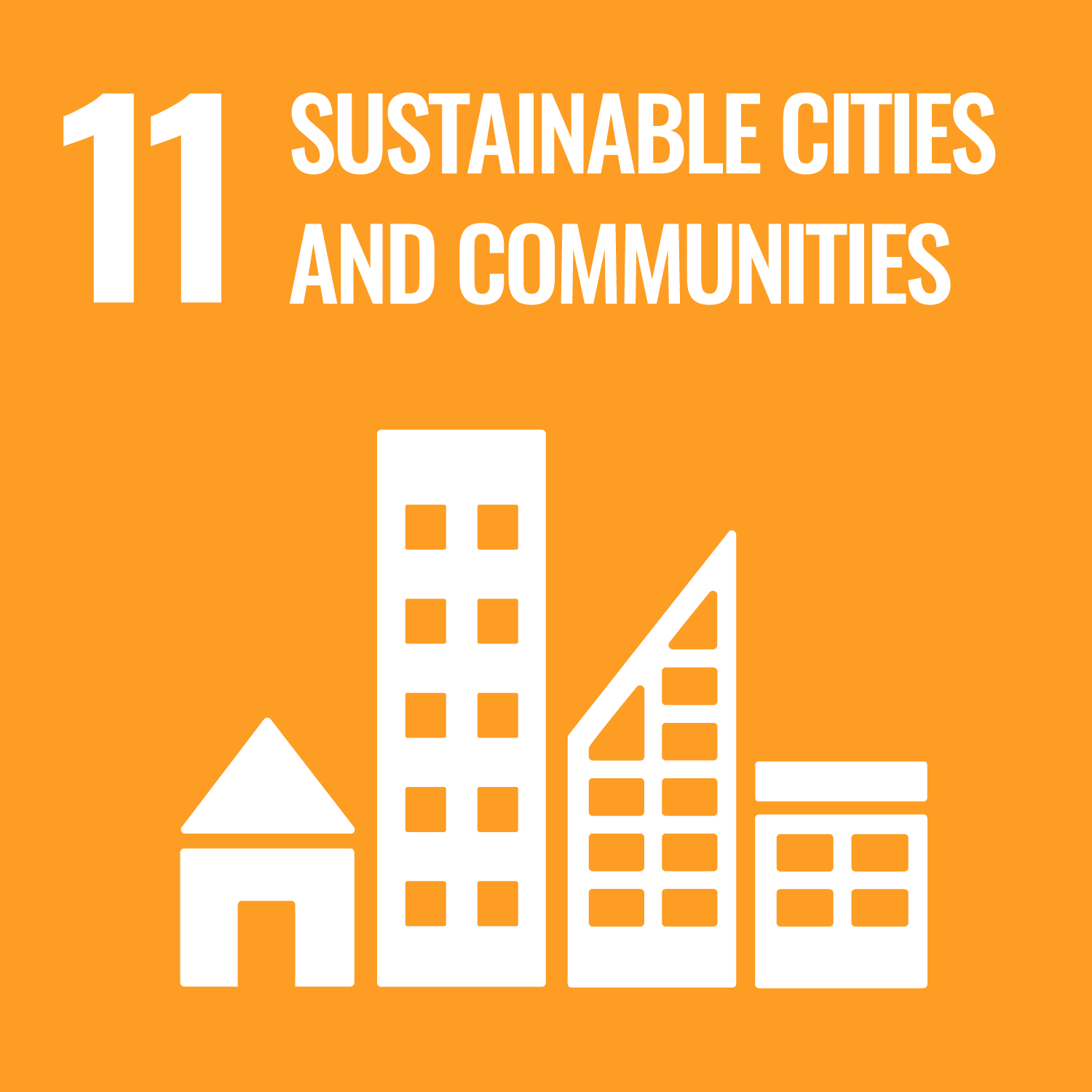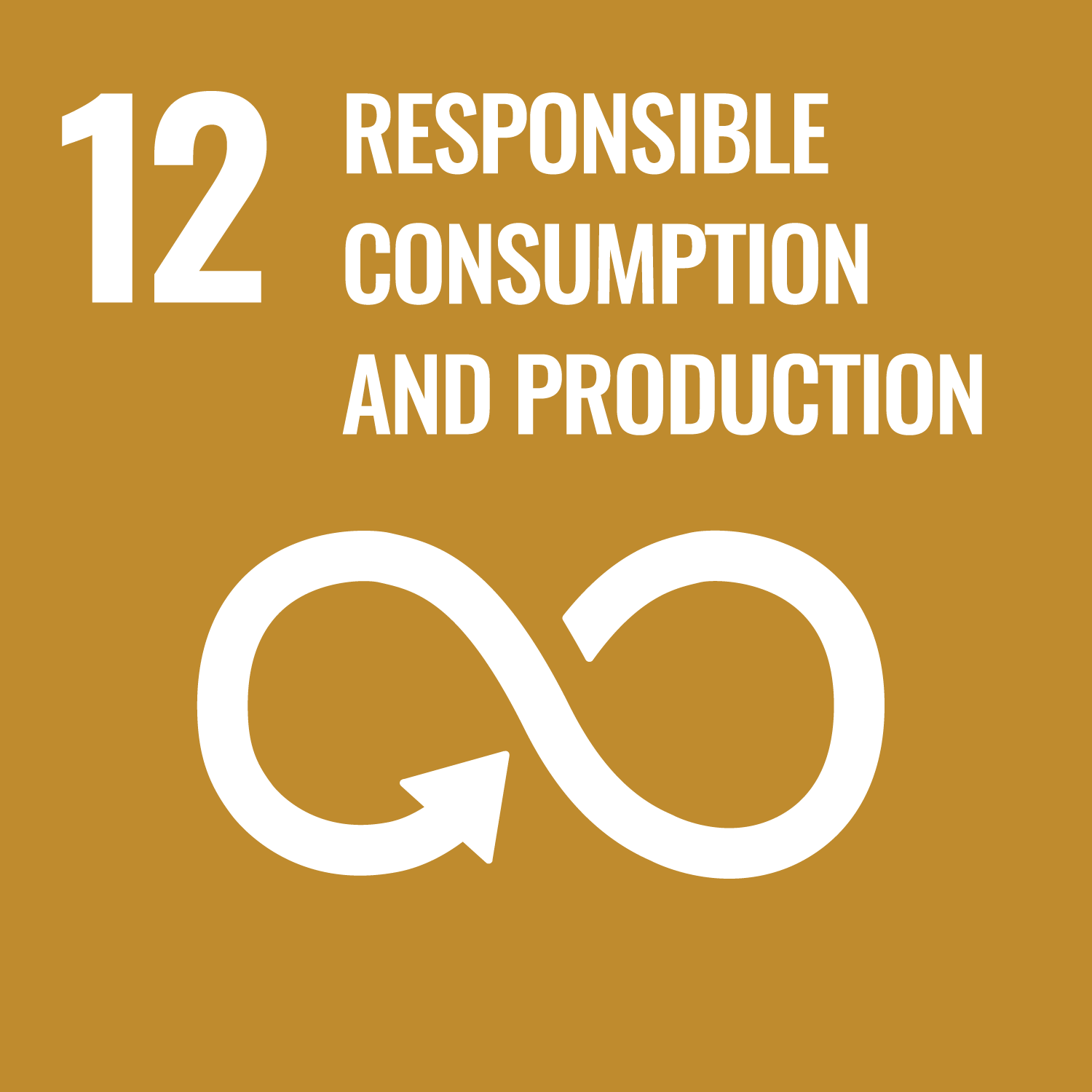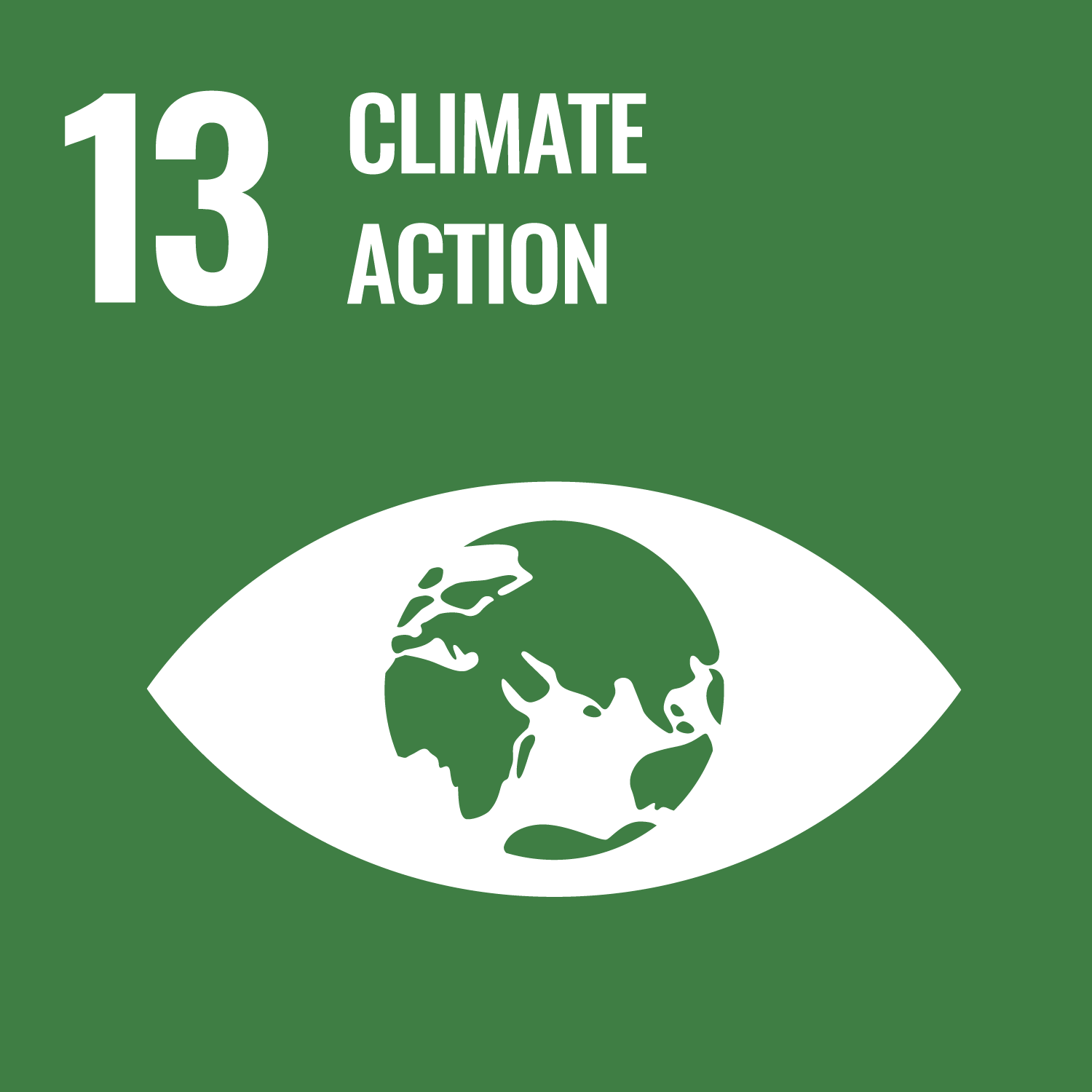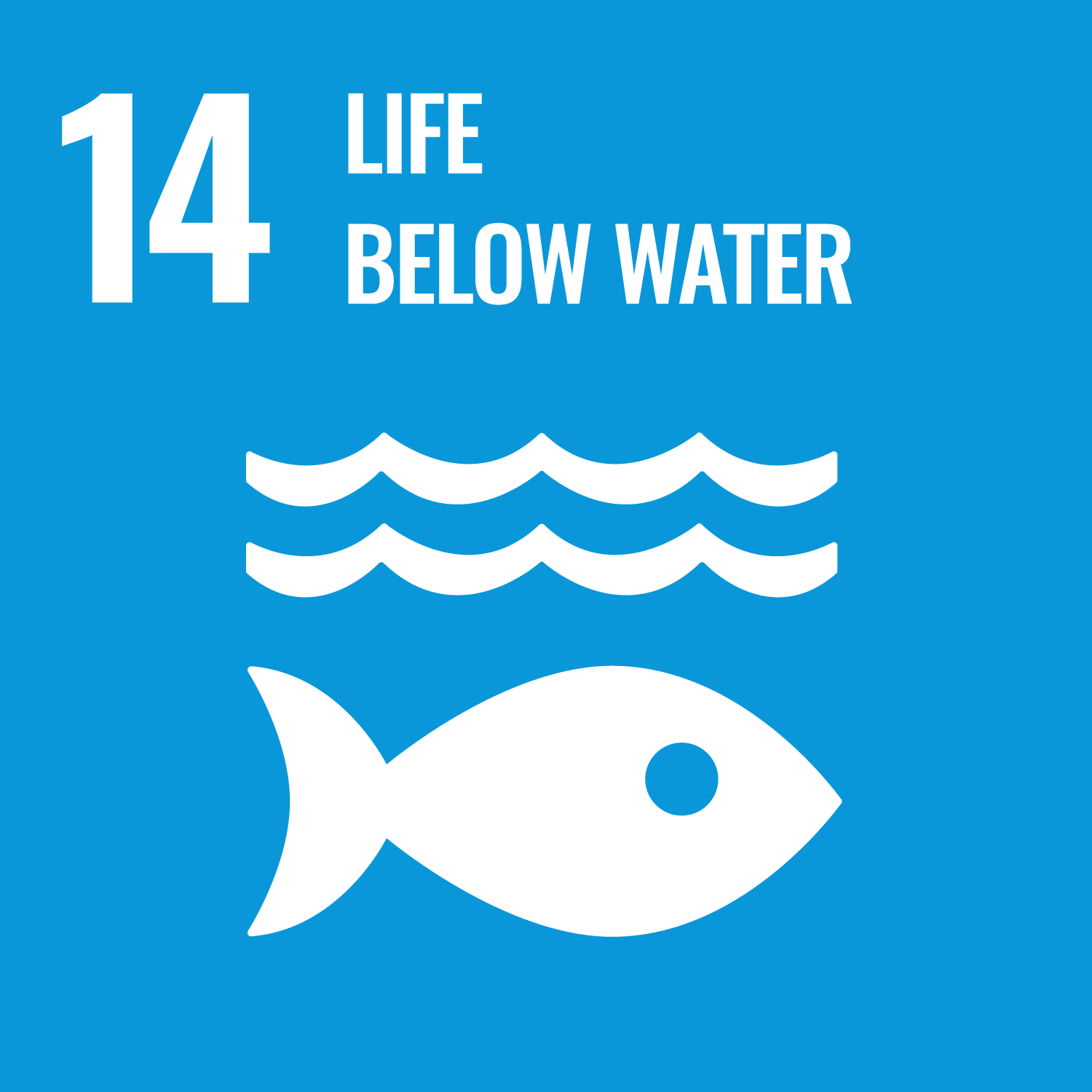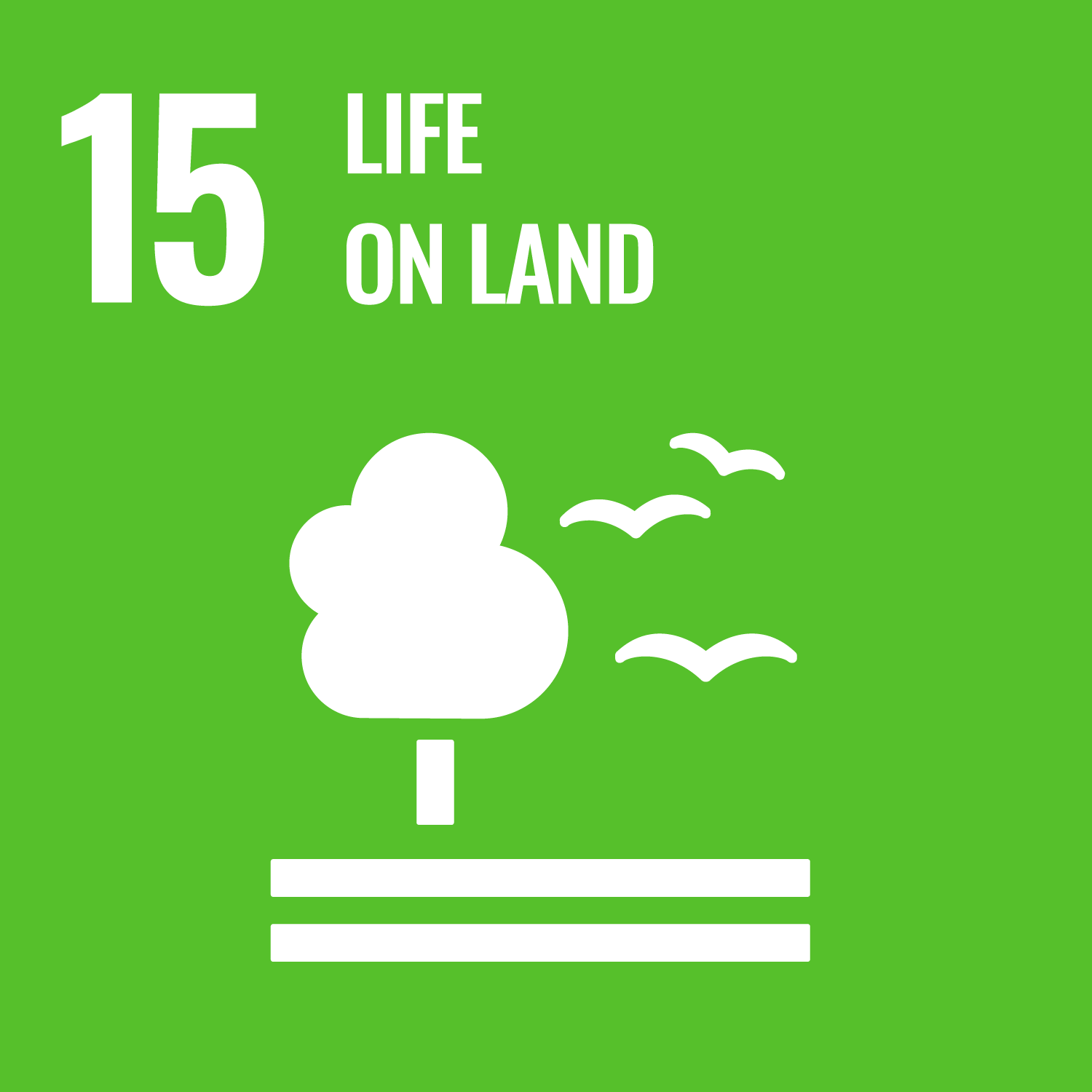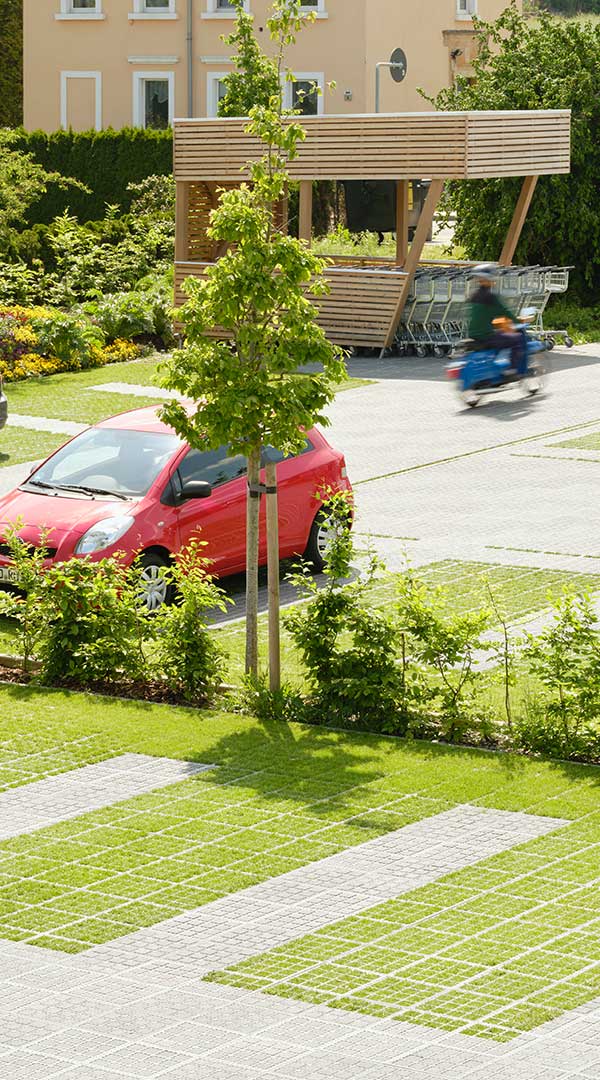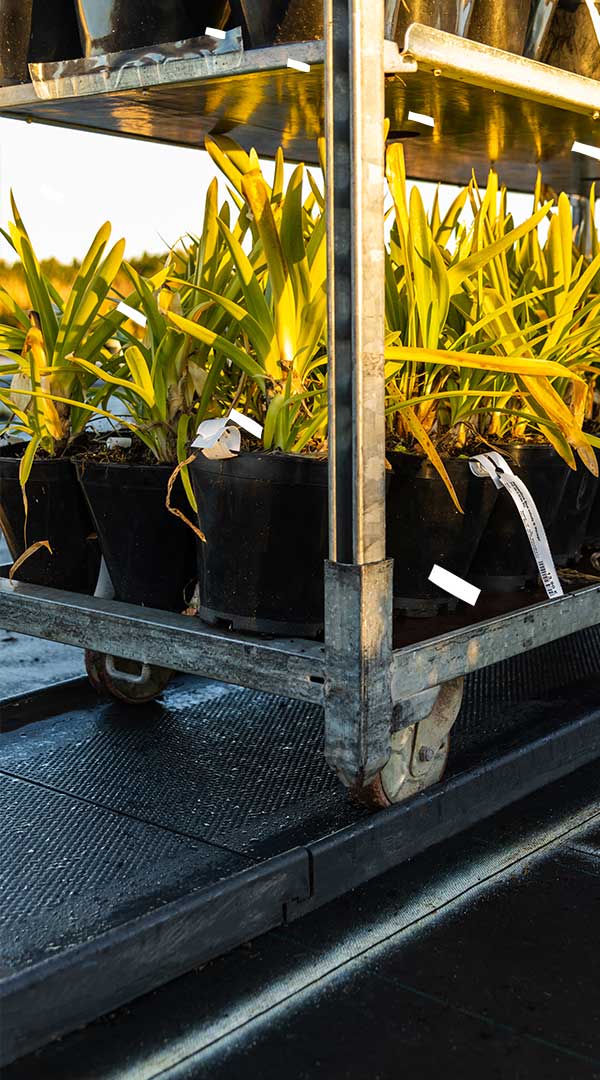Our contributions and goals
for a green future
Soil, water and air are important components of our ecosystem. But they are exposed to all manner of stress and pollution from human use. The increasing consumption of land has resulted in soil sealing in our landscape. The loss of natural topsoil results in the disappearance of a crucial habitat for biodiversity which is provided by plants, insects and microorganisms. The natural water cycle is interrupted. Precious tree populations and natural green spaces are disappearing. Furthermore, this impacts the quality of life due to heat, particulate matter and exhaust fumes in the air of our towns and cities, as well as artificial gray backdrops.
Our vision – A world with green cities, clean air, permeable soil, as well as groundwater of good quality. The temperature in cities is regulated as rainwater is absorbed and subsequently released, as if by a sponge. At the same time, this helps reduce flooding. Particulate matter and CO2 are absorbed and transformed by soil life, plants and trees. Green roofs, facades and parking spaces as well as the planting of trees fill our view with color. They provide us with quality of life and closeness to nature.
Let us work together to create a green planet using sustainable products that integrate nature’s cycles instead of disrupting them. A better future – for our future generations.
Our vision – A world with green cities, clean air, permeable soil, as well as groundwater of good quality. The temperature in cities is regulated as rainwater is absorbed and subsequently released, as if by a sponge. At the same time, this helps reduce flooding. Particulate matter and CO2 are absorbed and transformed by soil life, plants and trees. Green roofs, facades and parking spaces as well as the planting of trees fill our view with color. They provide us with quality of life and closeness to nature.
Let us work together to create a green planet using sustainable products that integrate nature’s cycles instead of disrupting them. A better future – for our future generations.

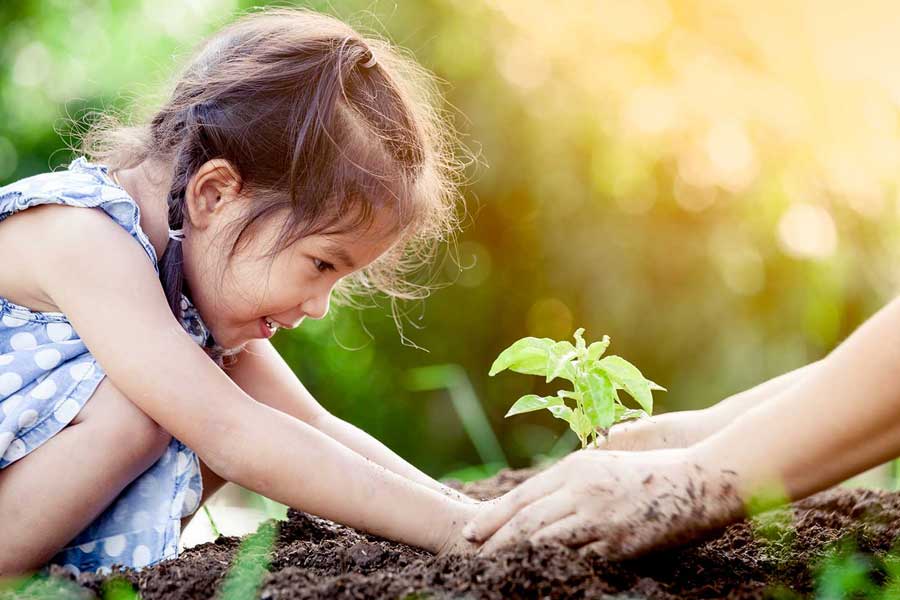
100% post-consumer recycling
Living the circular economy
Post-consumer recycling is on everyone's lips these days. Since 1997, TTE® MultidrainPLUS has been recycled from 100% post-consumer plastic from German households. In 2023, we recycled around 10.6 million bags of plastic waste for TTE®.
By recycling, we avoid the release of more than 37,000 tonnes of CO2 that would otherwise be produced in waste incineration plants. At the end of its life, the product cycle can be closed - new TTE® elements are made out of old ones.
By recycling, we avoid the release of more than 37,000 tonnes of CO2 that would otherwise be produced in waste incineration plants. At the end of its life, the product cycle can be closed - new TTE® elements are made out of old ones.
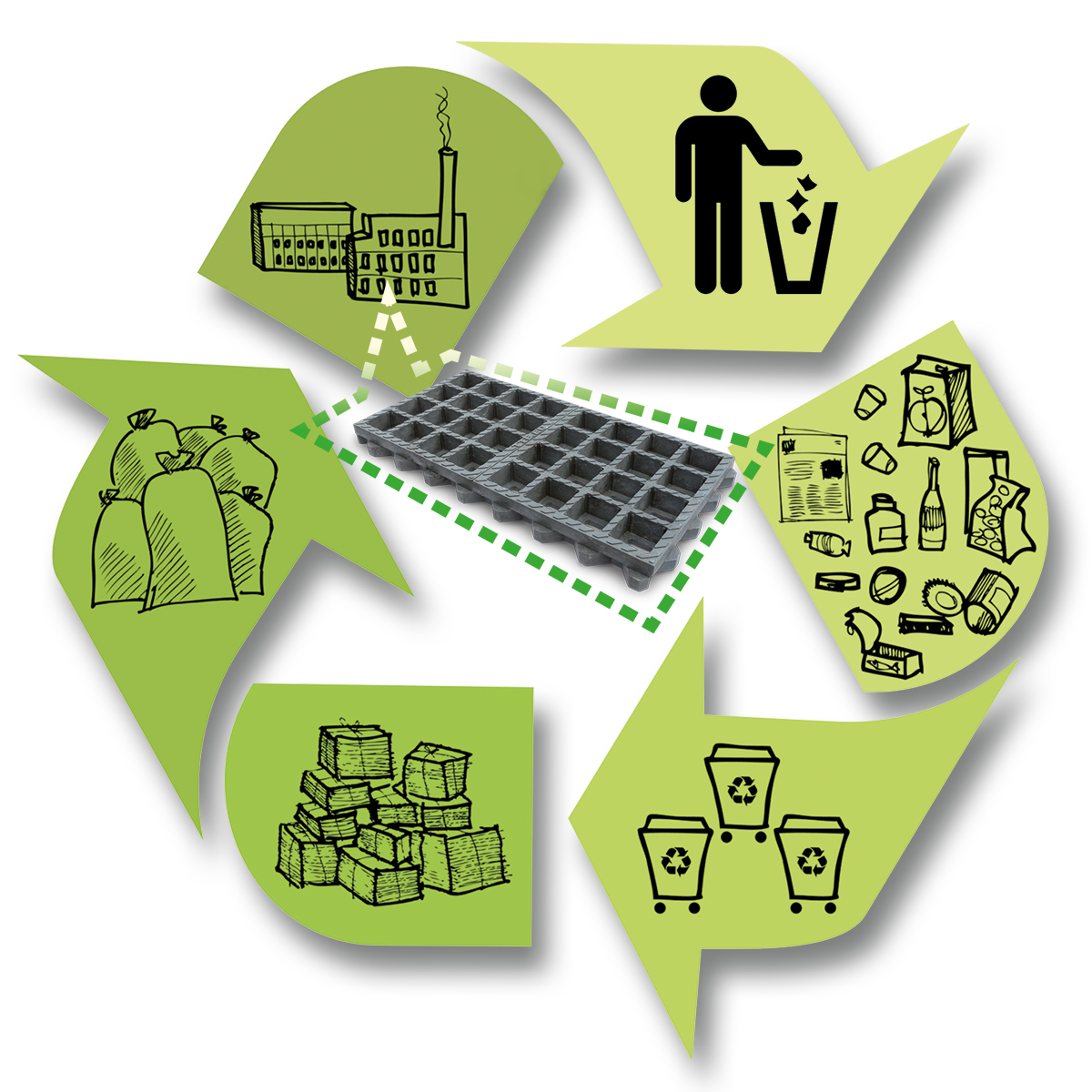
Did you know that in Germany, only about 16% of plastic waste has been materially recycled in recent years (Source: Plastikatlas 2019)? The rest is difficult to turn into a new product due to inhomogeneity or incorrect packaging design or the degree of pollution. Therefore, most of our household plastic waste still ends up in incinerators or is exported abroad in an uncontrolled way.
TTE® MultidrainPLUS consists of precisely these plastic fractions that are difficult to recycle. Know-how and state-of-the-art equipment make a recycling process possible.
Together with you, we make a real contribution to environmental and climate protection through TTE®.
TTE® MultidrainPLUS consists of precisely these plastic fractions that are difficult to recycle. Know-how and state-of-the-art equipment make a recycling process possible.
Together with you, we make a real contribution to environmental and climate protection through TTE®.
Source: PLASTIKATLAS, Appenzeller, Hecher, Sack CC-BY-4.0 (translated into English)
All linearity must come to an end - achieving a sustainable future with the circular economy
The mass production of plastic is causing unprecedented environmental pollution with far-reaching consequences. Our soils, rivers and oceans are being polluted. A large percentage of plastic waste is still being incinerated, releasing huge quantities of toxins and CO2 emissions.
Nature works in cycles. Hence, we need to design our material cycles to close the loop. Plastic can be recycled in many ways and with little energy input. Plastic can be a sustainable raw material if we recycle it responsibly and utilise it in a manner that conserves resources. The circular economy paves the way to a sustainable future. Our goal is to massively increase the recycling rate so that waste no longer needs to be incinerated, CO2 emissions fall and our oceans and inland waters are protected from plastic waste.
"Man needs nature, nature does not need man. Man is part of nature, he is not superior to it. Only when he comprehends this will he have a chance of survival."
Richard von Weizsäcker
